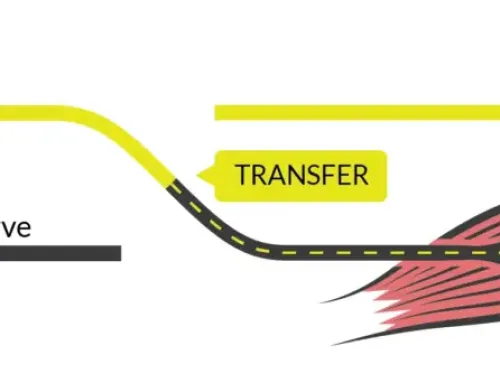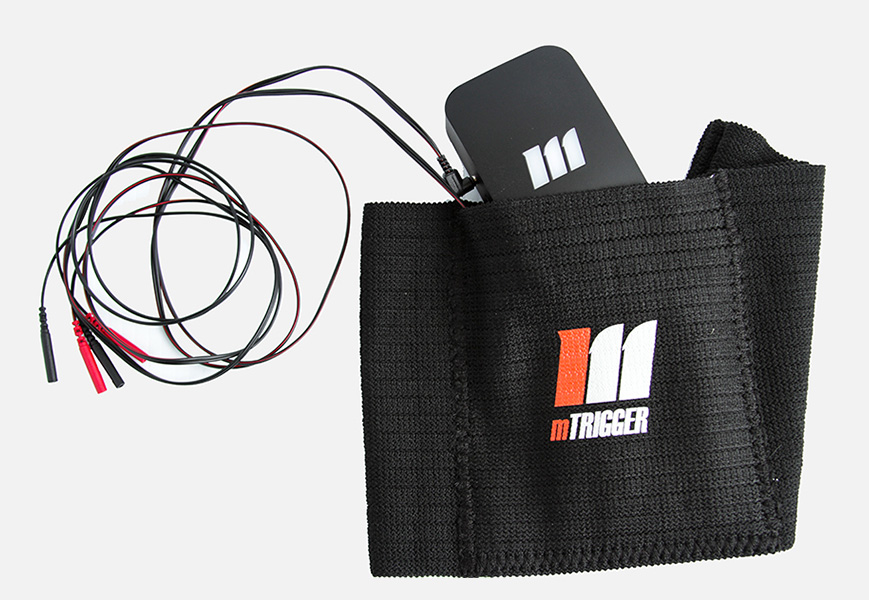Return to sport testing can become a gray area for many therapists seeking guidance on individualization of programs and identification of significant testing criteria. What’s the best plan of action? To shed some light here, we’ve pulled together a few references and resources. Below you will find insights on the value of testing criterion, the use of EMG in program individualization, and the application of EMG data to RTS analyses.
In a webinar hosted by Performance Health Academy, hear founder Russ Paine discuss how controlled treatment programs, consistent testing criteria, and biofeedback play a roll in his athletes’ success: “[In post-ACL return to sport testing] the number one predictive functional test in successful return to sport is quad strength. How can we reduce quad deficits? mTrigger makes a huge difference in starting volitional contraction early on to solve the quadriceps deficit.” Paine compares his results to a 2016 study, wherein 38.2% of those who failed RTS criteria suffered reinjuries versus 5.6% of those who passed, and more symmetrical quadriceps strength prior to return significantly reduced the knee reinjury rate (Grindem, Br J Sports Med. 2016 Jul; 50(13):804-8. doi: 10.1136/bjsports-2016-096031. Epub 2016 May 9). “Consistent treatment and functional testing help to decrease reinjury rate,” he says. He also touches on the ability of the mTrigger Neuromuscular Deficit Test to help assess bilateral symmetry. Click here to view the entire webinar for more details!
In a review of rehabilitation and return to sport after hamstring strain injury (Erickson, Sherry, 2017), the authors note that “there is mounting evidence that rehabilitation strategies incorporating neuromuscular control… are more effective at promoting return to sport and minimize the risk of re-injury.” This review also discusses the importance of individualized evaluation to program and RTS determinations.
In another article from the Scandinavian Journal of Medicine and Science in Sports (Hegyi et al, 2018; DOI: 10.1111/sms.13303), EMG arrays are used to identify muscle activity patterns in various hamstring exercises. The authors conclude that there is great potential impact of exercise selection procedures on hamstrings strengthening and treatment; informing diagnosis and program selection through the use of EMG could help to reduce injury/reinjury and improve the efficacy of individualized treatment.
In all, these studies highlight the value of EMG data to both individualized and standard functional-testing-based rehabilitation programs for athletes attempting to return to sport. While there is always risk in return, having the tools to assess and monitor the activity of targeted muscles, neuromuscular control, strength, and symmetry allows therapists to make informed treatment decisions and safer return to sport determinations.









I was unaware that different hamstring workouts involve different patterns of muscle activity that may be detected using EMG arrays. That being said, my aunt has been searching for a facility that specializes in EMG testing and has been in full detective mode. She’s determined to find out why her nerves have been acting a little out of control.